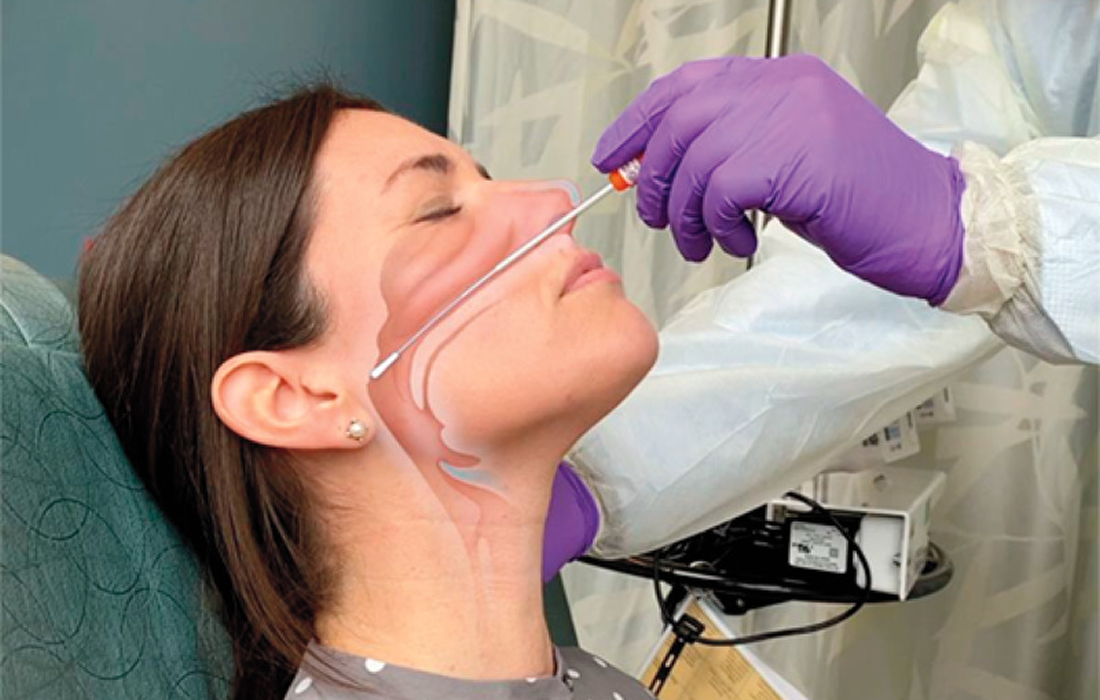COVID-19
Which COVID-19 Test Should I Have?
There are different viral tests that look for current infection. They check specimens from your nose or your mouth to find out if you are currently infected with the virus that causes COVID-19, SARS-CoV-2. These tests can be performed in a laboratory, at a testing site, at home, or anywhere else.
Who should get tested?
- People who have symptoms of COVID-19 (fever, chills, cough, shortness of breath or difficulty breathing, fatigue, muscle aches, headache, loss of taste or smell, sore throat, runny nose or congestion, diarrhea.
- People who come in close contact with someone with COVID-19 should be tested at least 5 days after the last close contact.
Types of Tests
Polymerase chain reaction (PCR) test nasal swab
- This test looks for the virus’ RNA in a patient’s sample. The sample is collected by inserting a swap into a person’s nostril and taking cells from the back of the nose.
- It has the greatest sensitivity and specificity, even with lower viral loads.
- Gold-standard diagnostic test.
- It can detect the virus before the onset of symptoms.
- The results take 24-48 hours to be reported.
- This test can continue to be positive even weeks after the period of infectiousness. Even if a patient remains positive, it doesn’t mean that they continue to be contagious.
Antigen test
- This test is more sensitive if performed when having symptoms.
- This test detects viral proteins in the nasal sample.
- It can provide results within 15-20 minutes and can be done outside of a laboratory setting. It is also cheaper than PCR tests.
- Is not as sensitive as PCR tests.
- A negative test can’t rule out infection due to the high probability of a false negative.
- Are less useful in asymptomatic patients or in patients without close contact.
- Although not required by CDC guidelines. They might be used to evaluate infectiousness.
Antibody tests
- They are used for a late or retrospective diagnosis.
- It detects IgM and IgG antibodies against COVID-19 and generally becomes positive 7-14 days after exposure to the virus.
- They have low specificity and might not be able to distinguish between natural and vaccine immunity.
Sources:
https://www.cdc.gov/coronavirus/2019-ncov/testing/diagnostic-testing.html
Prof Rosanna W Peeling, et al. Diagnostics for COVID-19: moving from pandemic response to control. Lancet. Dec 2020. DOI:https://doi.org/10.1016/S0140-6736(21)02346-1.
Deb Balzer. (2022, Jan 7). COVID-19 tests: Different types and when to use them. Mayo Clinic News Network. Retrieved from:
https://newsnetwork.mayoclinic.org/discussion/covid-19-tests-different-types-and-when-to-use-them/
Image from:
https://www.nejm.org/doi/full/10.1056/nejmvcm2010260

